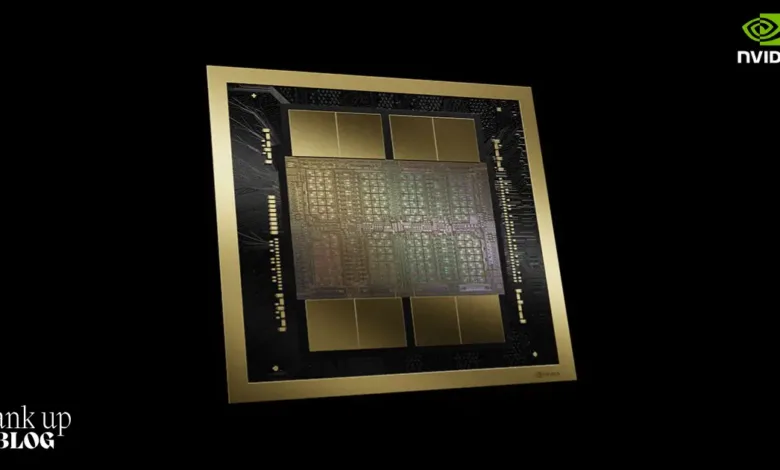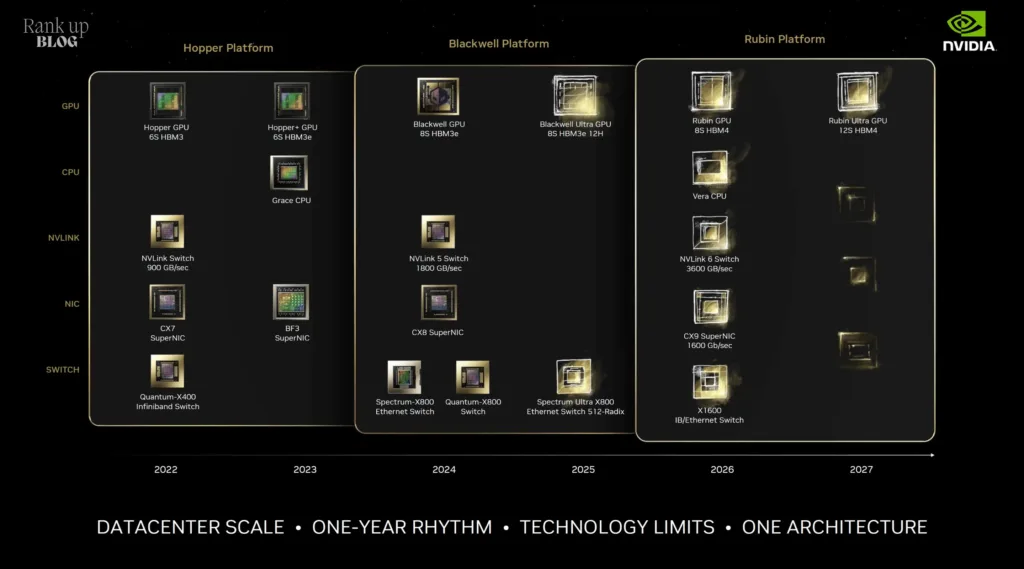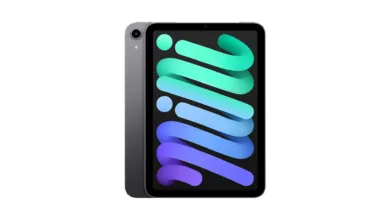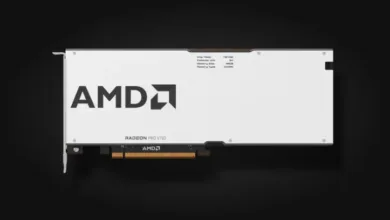The Blackwell Ultra B300 GPUs from NVIDIA will be integrated into GB300 servers with a docketed design, which will make maintenance and upgrades easier.

Design of socket-based, NVIDIA’s Blackwell Ultra “B300” AI GPUs could be utilized in the same manner as CPUs.
With a socket-based design, NVIDIA’s Blackwell Ultra “B300” AI GPUs could be used the same way as CPUs.
Now, NVIDIA is using high-power chips for data centres with an OAM design – this means all parts are on the board itself. In this setup, GPU chips cannot be removed from the server motherboard like in GB200. Here, Grace CPUs and Blackwell GPUs can both be found combined together on one plate or board.

Nonetheless, it could be the final series to showcase the built-in design. Various reports are hinting that NVIDIA may transition towards a fresh pattern with Blackwell B300 “Ultra” GPUs for GB300 servers. As per information from MoneyDJ and Economic Daily News (via Trendforce), these B300 GPUs might take up a socket-based format which offers users an easy method of installing or taking off the GPUs from their motherboards.
NVIDIA’s Blackwell Ultra “B300” AI GPUs with socketed design are anticipated to make the manufacturing process easier for NVIDIA. At the same time, it would also benefit companies such as Foxconn from Taiwan and LOTES who are experts in sockets and interconnect components. The existing Blackwell GPUs get directly soldered onto the motherboard, but if they shift towards a socket-type design then B300 CPUs can be swapped out just like other CPUs.
This change provides multiple benefits such as increased production rates and more adaptable manufacturing. The GPU isn’t required to be fused into the socket any longer, making us less dependent on Surface Mount Technology. Also, it makes maintenance easier and improves customer service after sales because problems related to GPU can be solved without having to swap out the whole motherboard.

Consequently, the enhancements might substantially cut off inactive time during GPU substitutions, making it possible for corporations to supply more dependable servers to their clients. Nevertheless, introducing a fresh socket design could bring in performance shortcomings like heightened delay. Despite these issues, advantages such as ease of maintenance and faster upgrades along with better production results are anticipated to justify any trade-offs due to the changes in design.
The B300 has undergone a key modification, which is the utilization of FP4 (Floating Point 4). This enhances inference performance. Inference is essentially the procedure where trained models make assumptions based on data and it plays an essential role. The Blackwell Ultra B300 GPUs by NVIDIA will be incorporated into GB300 servers in a scheduled design, making maintenance and upgrades less complicated.
The “B300” AI GPUs from NVIDIA’s Blackwell Ultra, prepared with a socket-based design, can be employed equivalently as CPUs.
At present, NVIDIA uses high-functioning chips for data centres that apply an OAM design, a type of on-board solution. In this layout, the GPU chips are firmly soldered to the server motherboard like in the GB200 model where you can observe both Grace CPUs and Blackwell GPUs combined together on one board.
But, it may be the final series to include the in-built design, as many reports hint that NVIDIA could move towards a fresh arrangement with Blackwell B300 “Ultra” GPUs for GB300 servers. As per references such as MoneyDJ and Economic Daily News (through Trendforce), these B300 GPUs might take up a socket-based configuration which would let users set or dismount the graphics processing units from motherboards without much difficulty.
NVIDIA’s Blackwell Ultra “B300” AI GPUs are expected to have a socketed design. This change can potentially make NVIDIA’s manufacturing process easier and benefit companies such as Foxconn from Taiwan, and LOTES which focus on interconnect parts and sockets. Different from the present-day Blackwell GPU that is soldered straight onto the motherboard, switching to a design of socket type would permit B300 GPU removal or replacement in a similar manner done with CPUs.
This change comes with numerous benefits, such as enhanced product output and adaptable manufacturing. The GPU is no longer required to be fixed into the socket, lessening dependency on Surface Mount Technology. Moreover, it makes upkeep work and post-sale services easier because problems related to GPU can now be resolved without having a need to substitute the whole motherboard.
Thus, improvement could importantly lessen idle time during GPU switch-outs, permitting businesses to deliver more consistent servers for their clients. Still, though, the fresh socket outline might bring about performance downsides like high latency periods. Regardless of this issue, benefits such as simpler upkeep tasks, speedier enhancements and better fabrication output are predicted to make these minor drawbacks acceptable in return for design changes.
Another key difference with the B300 is its use of FP4 (Floating Point 4) which boosts inference performance. Inference, where trained models predict data, plays an important role in AI computation. Even though the B200 already deals well with AI tasks and many companies have adopted it broadly, supporting FP4 on the B300 will improve performance even more for inference activities.
| GPU Codename | X | Rubin (Ultra) | Blackwell (Ultra) | Hopper | Ampere | Volta | Pascal |
| GPU Family | GX200 | GR100 | GB200 | GH200/GH100 | GA100 | GV100 | GP100 |
| GPU SKU | X100 | R100 | B100/B200 | H100/H200 | A100 | V100 | P100 |
| Memory | HBM4e? | HBM4 | HBM3e | HBM2e/HBM3/HBM3e | HBM2e | HBM2 | HBM2 |
| Launch | 202X | 2026-2027 | 2024-2025 | 2022-2024 | 2020-2022 | 2018 | 2016 |



